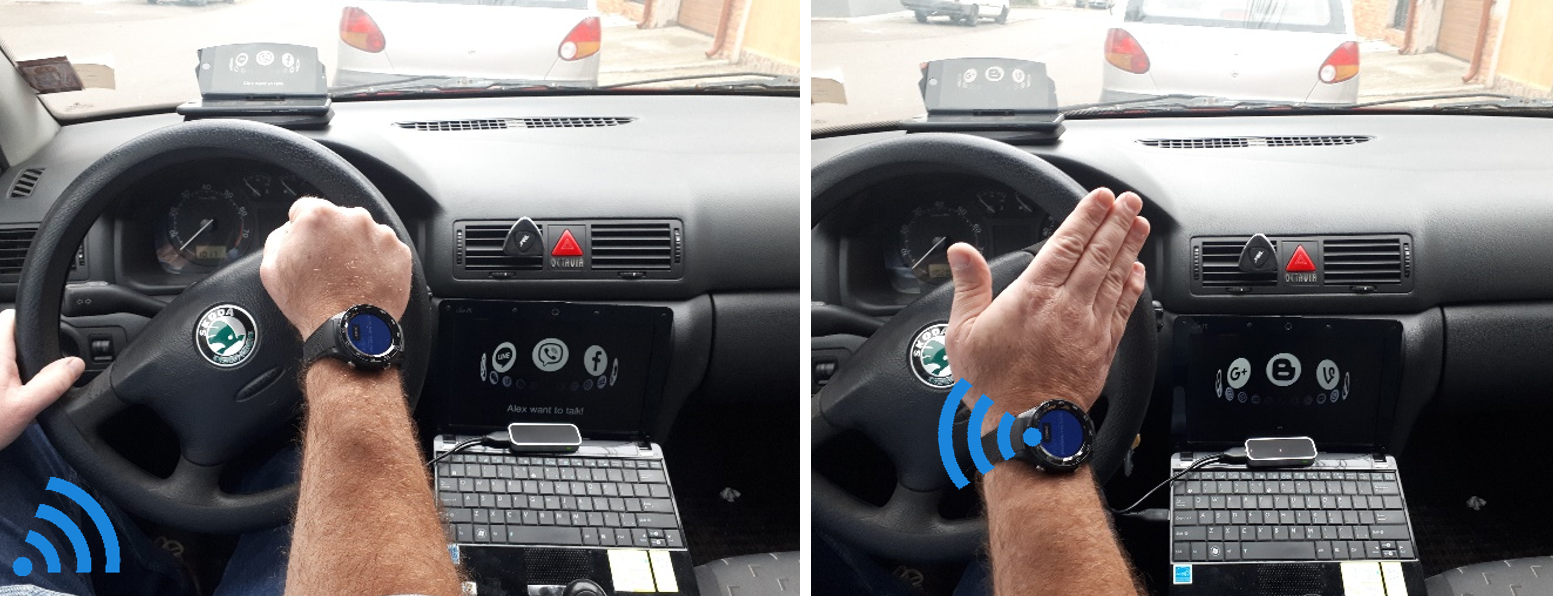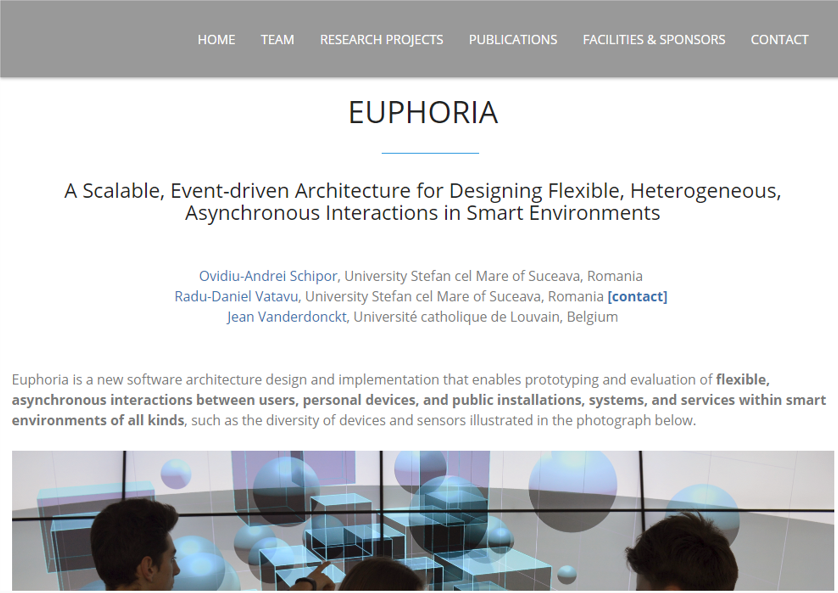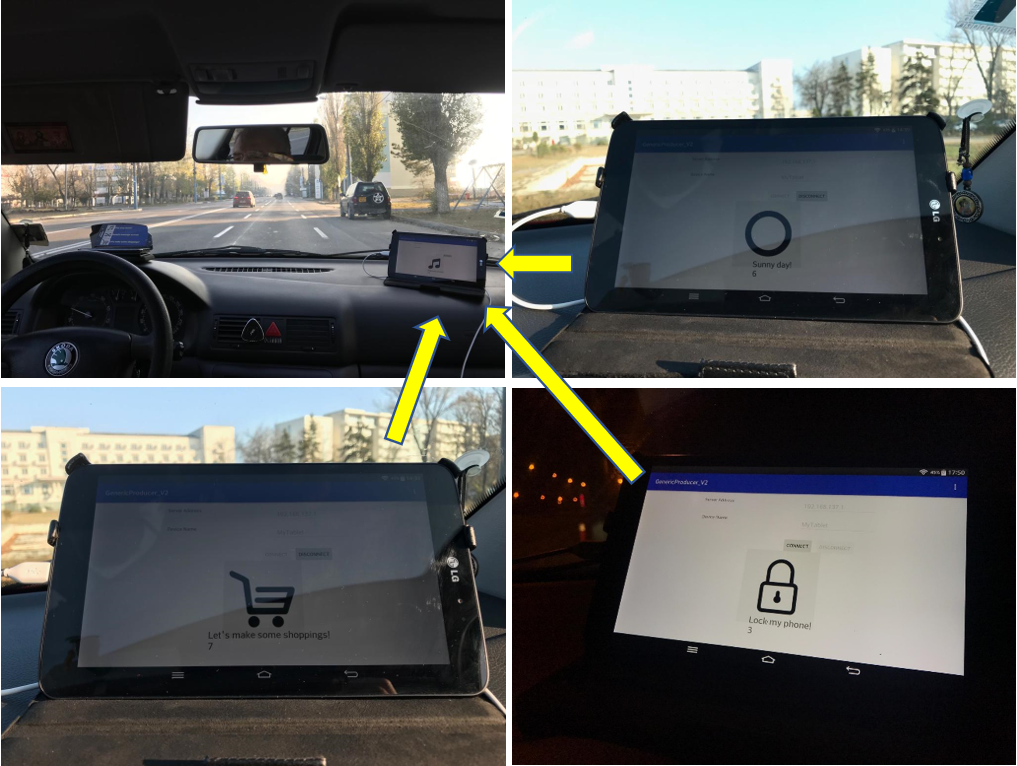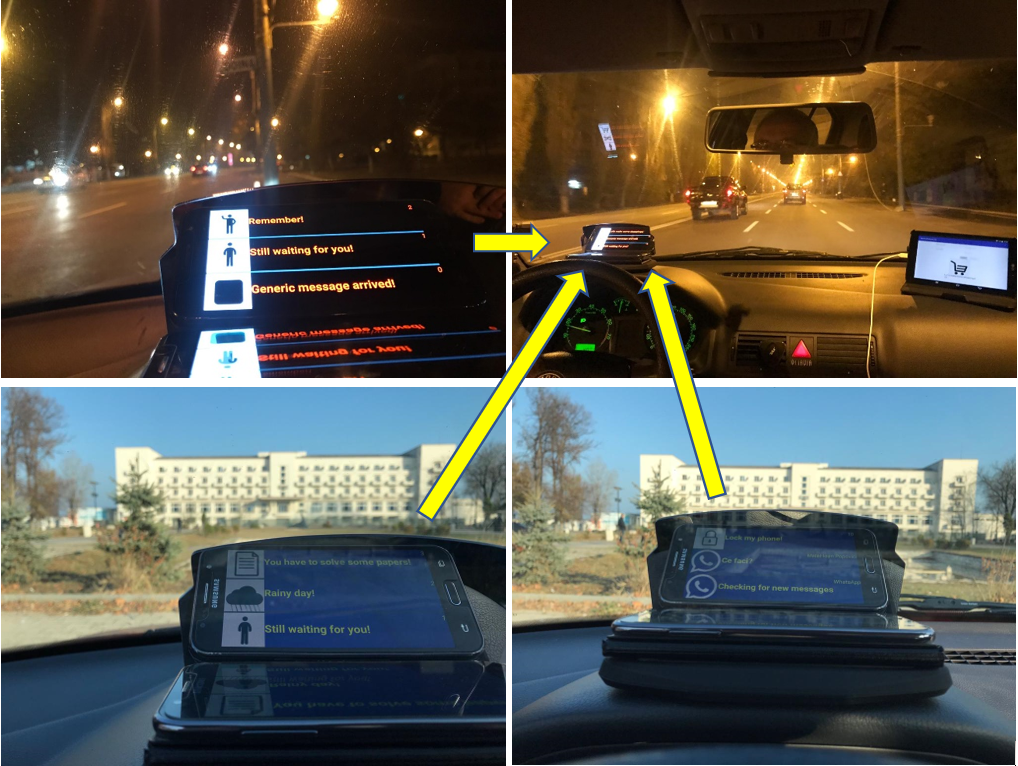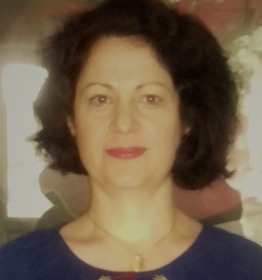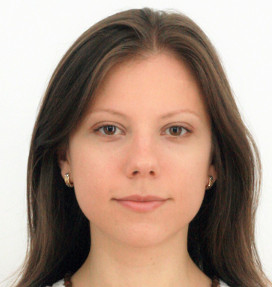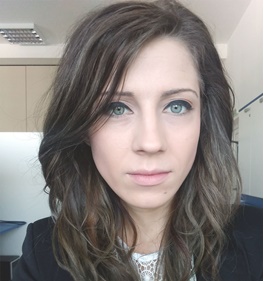Augmented Reality
Design and development of an augmented reality vehicle software infrastructure (IV-AR)
Digital Data Transfer Techniques (I)
Design and implementation of digital data transfer techniques between user's smart personal devices and In-Vehicle Inf. Systems (IVIS)
Digital Data Transfer Techniques (II)
Design and implementation of digital data transfer techniques between IVIS and the user leaving the vehicle

